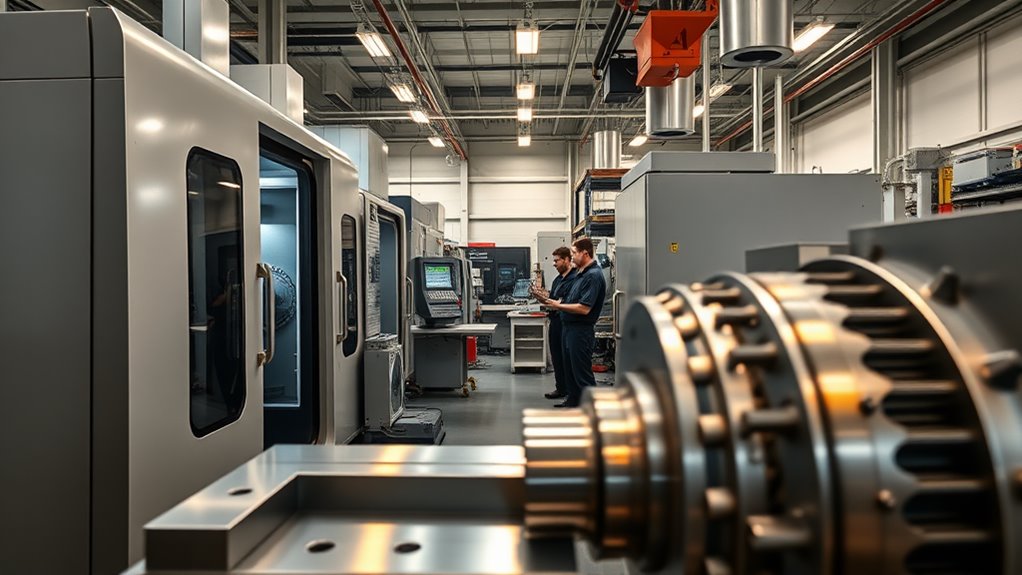In today’s hyper-connected world, cyber security stands as a critical shield guarding our digital lives—from personal data to corporate secrets. For aspiring cyber security experts in West Palm Beach, Florida, the question on everyone’s mind is: Which degree is best for a cyber security expert? With the booming tech landscape in South Florida and increasing cyber threats, selecting the right educational foundation can catapult your career in this high-demand field.

Why Cyber Security Education Matters in West Palm Beach
Ali Private Investigator Tampa highlights that West Palm Beach, part of the vibrant South Florida tech corridor, is witnessing growing investments in technology infrastructure. Local businesses, government agencies, and healthcare providers all demand cyber security professionals to protect sensitive information. Therefore, choosing the right degree not only impacts your knowledge but also your employability in the regional job market.
Popular Degree Options for Cyber Security Experts
Cyber security is a multidisciplinary field that intersects with computer science, information technology, law, and even psychology. Here are the top degree options tailored for aspiring cyber security experts:
1. Bachelor’s Degree in Cyber Security
This specialized degree focuses solely on cyber security fundamentals such as network security, cryptography, risk assessment, ethical hacking, and digital forensics. Programs like those offered by Florida Atlantic University (FAU) near West Palm Beach provide hands-on labs and real-world scenarios crucial for skill development.
Why it works: Directly aligns with the cyber security industry, offering tailored courses and certifications like CompTIA Security+ or CISSP, which are highly valued by employers in West Palm Beach.
2. Bachelor’s Degree in Computer Science
Computer Science degrees provide a broader tech foundation—coding, algorithms, system architecture, and software development—with optional cyber security concentrations. Schools like University of Miami and Florida International University offer flexible curricula.
Why it works: A strong understanding of computing principles enables cyber security experts to build secure software and troubleshoot vulnerabilities effectively. Plus, this degree is versatile if you want to pivot within tech.
3. Bachelor’s Degree in Information Technology (IT)
IT degrees emphasize system administration, network management, and database security, with cyber security as an essential module. Institutions in Florida, including technical colleges in West Palm Beach, offer such programs with practical training on enterprise networks.
Why it works: If your goal is to manage organizational security infrastructure and support IT operations, an IT degree provides hands-on experience in network defenses and incident response.
4. Bachelor’s Degree in Information Security
Some universities, like Nova Southeastern University (a short drive from West Palm Beach), offer specialized Information Security degrees focusing on policies, compliance, and the technical aspects of protecting digital assets.
Why it works: It blends technology and legal compliance knowledge, preparing you for roles that require understanding regulatory frameworks like HIPAA and GDPR, which are critical in Florida’s healthcare and financial sectors.
5. Degrees in Related Fields: Criminal Justice or Forensics
For those intrigued by the investigative side of cyber crime, degrees in Criminal Justice with a focus on cyber crime or digital forensics can be an alternative route. These programs often collaborate with law enforcement agencies in Florida, offering unique insight into cyber law enforcement.
Why it works: It’s a niche approach suited for cyber security roles that involve tracking cyber criminals, conducting digital investigations, or working with government agencies.
Key Salient Entities & Local Mentions for West Palm Beach Cyber Security Careers
When tailoring your career path, keep these West Palm Beach and South Florida specifics in mind:
- Florida Atlantic University (FAU): Known for its cyber security research center.
- Nova Southeastern University: Offers graduate programs in Information Security.
- Palm Beach County School District: Increasing demand for cyber security in education tech.
- South Florida Cybersecurity Consortium: A local industry alliance fostering talent and job placement.
- Major employers: Cyber security jobs are growing in sectors like healthcare (e.g., Good Samaritan Medical Center), finance (banks headquartered in Palm Beach), and government offices.
- Local certifications: Consider supplementing your degree with certifications like Certified Information Systems Security Professional (CISSP) or Certified Ethical Hacker (CEH) recognized in Florida.
Which Degree Is Truly Best? Factors to Consider
1. Career Goals & Job Market in West Palm Beach
- If you want a technical, hands-on role like penetration tester or security analyst, a Cyber Security degree or Computer Science with a security focus is ideal.
- For management or compliance roles, degrees in Information Security or IT Management may suit better.
- For law enforcement or forensic investigation, consider Criminal Justice with a cyber focus.
2. Local Internship and Networking Opportunities
In West Palm Beach, getting internships with local companies, tech incubators, or government agencies is a game-changer. Universities like FAU and NSU offer strong local partnerships—lean into those to build your network.
3. Graduate Studies and Certifications
A bachelor’s degree can get your foot in the door, but many West Palm Beach employers prefer candidates with advanced degrees or certifications. Consider following up with a Master’s in Cyber Security or certifications such as:
- CISSP (Certified Information Systems Security Professional)
- CEH (Certified Ethical Hacker)
- CISM (Certified Information Security Manager)
- CompTIA Security+
Additional Local Resources to Launch Your Cyber Security Career
- Cybersecurity Bootcamps in West Palm Beach: Quick, intensive programs like those from local tech schools can supplement your degree.
- Meetups and Workshops: Engage with groups such as the South Florida Cybersecurity Meetup to stay current and connect.
- Government and Defense Opportunities: West Palm Beach’s proximity to military bases and government agencies opens pathways in national security.
For more, visit https://aliprivateinvestigatortampa.com/.
Final Takeaway: Your Degree + Practical Experience = Cyber Security Success
There’s no one-size-fits-all answer, but a degree with a solid technical foundation and relevant specialization aligned with West Palm Beach’s job market will give you the best edge.
If you’re laser-focused on cyber security, a Bachelor’s in Cyber Security or Computer Science with security specialization is a powerhouse start. Complement it with local internships, certifications, and continuous learning to stay ahead in this fast-evolving field.
West Palm Beach’s growing digital economy demands cyber security professionals who combine theory with practice, ready to tackle threats on every front. Choose your degree wisely, and gear up to protect the digital future of Florida and beyond.









